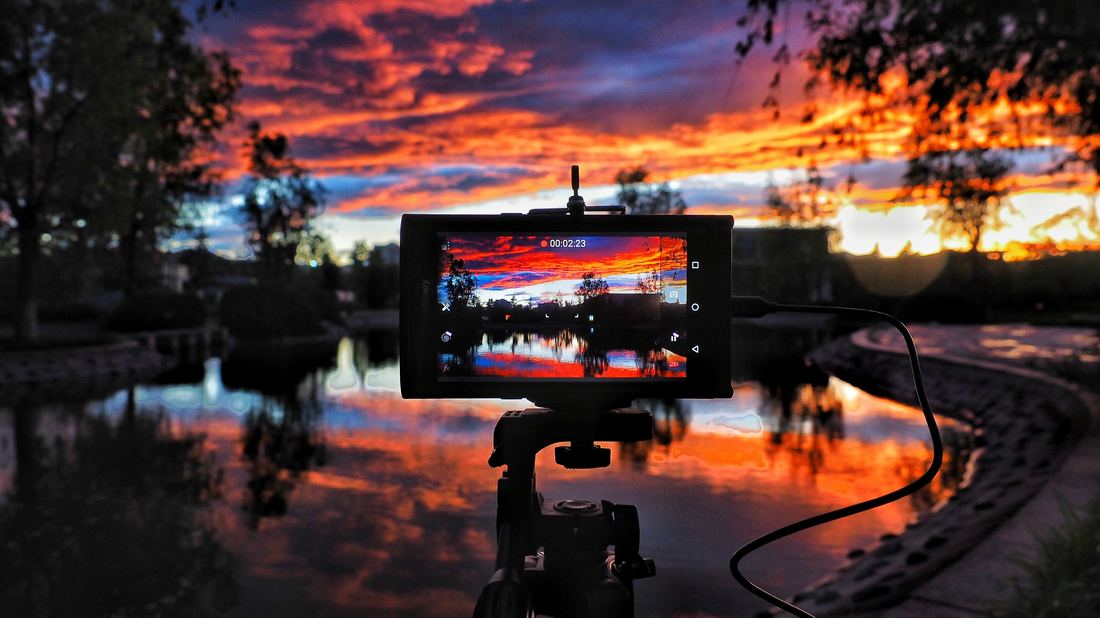|
Photo by Jimmy Chang on Unsplash Every university in the world is exploring fast effective ways to transform teaching. I think one good way forward is through the MASSIVE INTRODUCTION of VIDEO (MIV). Not just recording lectures but much much more!
Video is a key pathway towards ‘Education 3.0’, where learners are creators of knowledge and the boundaries of traditional educational structures are blurred. Here I explore some of the ways we are introducing video for transforming our students’ experiences at the University of Western Australia (along with acquisition of a sparkling new Enterprise Video Management system, EVMS).
1 Comment
Web & Education Parallels
One way of conceptualising the development of the World Wide Web (Web) is as an evolution from transmissive (1.0) to social (2.0) then 3.0 (semantic). The big changes from Web 1.0 to 2.0 are not the technology so much as the way it’s used. We can map the slow development of higher education to a similar continuum. Education 1.0: a one-way process Since the establishment of ‘modern’ universities, students have attended a physical place in order to be at university. The campus (from the Latin for ‘field’) and its buildings are important. Education 1.0 students received information supplied in the form of a ‘stand-up’ routine from a member of academic staff, often lecture-dominated, perhaps with handouts and textbooks. Hence, in Higher Education 1.0 students were consumers of information and resources that were transmitted to them for their study. Assessment was typically exam based. Only if students became researchers, later in their academic careers, then the results of their activities contributed back to the knowledge corpus |
AuthorFollowCategoriesArchives |

 RSS Feed
RSS Feed
